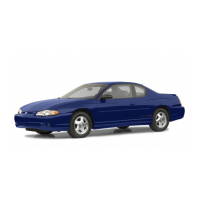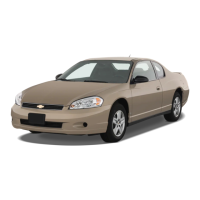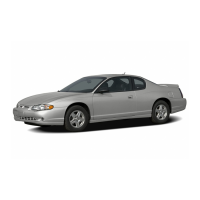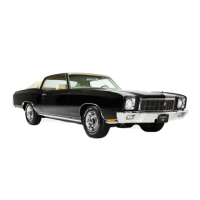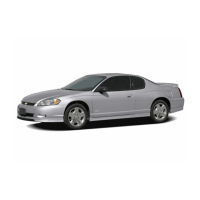
 Loading...
Loading...
Do you have a question about the Chevrolet 2006 Monte Carlo and is the answer not in the manual?
| Brand | Chevrolet |
|---|---|
| Model | 2006 Monte Carlo |
| Category | Automobile |
| Language | English |
How to use safety belts properly and what not to do with them.
Guidance for older children who have outgrown booster seats.
Description of frontal and side impact airbags and their locations.
How to activate and disarm the content theft-deterrent alarm system.
Explanation of various warning lights, gages, and indicators on the instrument panel cluster.
How the DIC displays messages, system information, and vehicle status.
Principles of defensive driving, including anticipating hazards and maintaining following distance.
Dangers of drinking and driving, its effects on driving abilities, and factors influencing BAC.
How to check engine oil level using the dipstick, emphasizing warm engine and level ground.
Importance of correct tire pressure and consequences of under-inflation or over-inflation.
Overview of the Chevrolet Roadside Assistance program and services provided.



